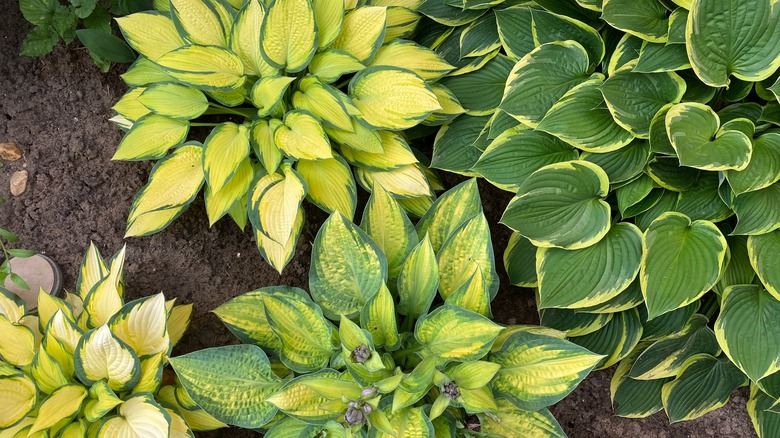How To Revive A Wilted Hosta Plant
Sometimes even the most well-maintained hosta plants can wilt. But don't worry, as there are practical steps you can take to revive your plant and restore it to its previous healthy state. To save a wilted hosta plant, it is crucial to identify the underlying causes of the wilting first. Then, you can take appropriate steps to revive the drooping foliage.
Wilting can occur due to several factors, including environmental conditions, such as inadequate water or extreme temperatures; pest and disease-related factors, including insect infestations, fungal or bacterial infections, and nematode damage; or poor soil drainage and nutrient deficiencies.
Reviving a drooping hosta plant involves a combination of corrective measures tailored to address the specific cause of wilting. This may include watering more often or less frequently, providing protection from too much sun, treating pests or diseases, and improving soil quality. Implementing these strategies can help your plant regain its vigor and health.
Determine the cause
Insufficient watering is a common culprit of wilted hostas. Check the soil moisture level by gently digging your finger about one inch into the soil near the base of the plant. If your finger comes out dry, it is time to water. Plants can also become stressed and eventually wilt when exposed to very hot or cold temperatures. Evaluate the temperature conditions and provide suitable protection if needed. It is important to ensure that the plant is receiving enough shade, as exposure to direct sunlight during the hottest part of the day can cause it to wilt.
Poor drainage can lead to waterlogged soil, suffocating the roots and causing wilting. Examine the soil's texture and moisture level. Compacted or nutrient-deficient dirt can also impact the plant's health. Consider conducting a soil test to determine if any nutrient deficiencies exist.
Inspect the foliage for signs of pest infestation or disease. Pests commonly affecting the plants include slugs, cutworms, aphids, and nematodes. Look for chewed leaves, holes, or live insects. Additionally, fungal or bacterial infections can cause wilting and discoloration. Check for any spots, lesions, or unusual leaf growth patterns.
It's important to note that multiple factors can contribute to wilting simultaneously, so a comprehensive assessment is crucial. Once you have identified the specific cause or causes, you can move forward with the appropriate steps to revive your wilted hosta plant effectively.
Reviving your plant
First, adjust your watering practices based on the specific needs of your plant. Generally, they need an inch of water per week. It's important to make sure that the soil is dampened but not overly saturated. Adding a layer of mulch around the plant's base can assist with retaining moisture and regulating soil temperature. If excessive sunlight is causing wilting, provide shade or relocate the plant to a spot with filtered or indirect light. Similarly, protect the hosta from severe weather by providing suitable cover or moving it to a more favorable location.
Pest and disease control is essential to revive a wilted hosta plant. If pests are causing the wilting, identify the specific problem and use appropriate control measures such as using organic insecticides or introducing beneficial insects. In the case of diseases, diagnose the issue accurately and treat it with proper fungicides or bactericides.
Improving the soil quality is vital for the plant's revival. Add organic matter like compost or peat moss to the soil to improve drainage and promote healthy roots. This will prevent waterlogging and ensure optimal plant growth. Additionally, consider fertilizing the plant to address any nutrient deficiencies.


